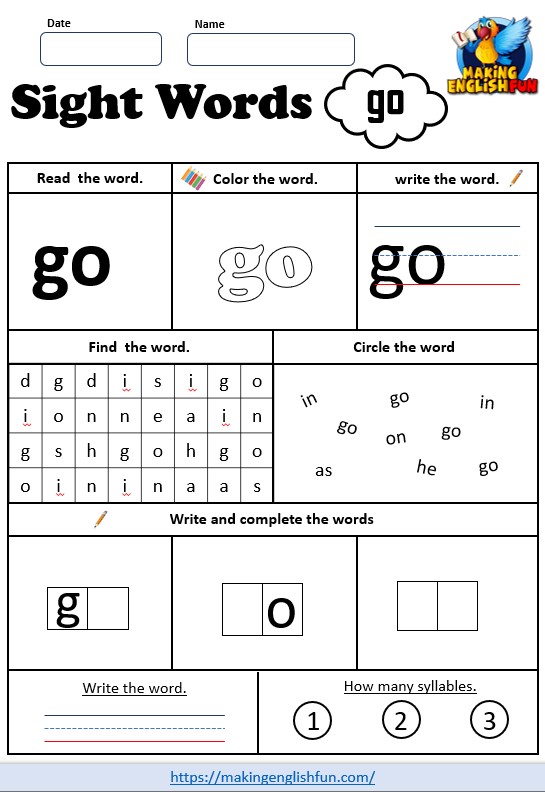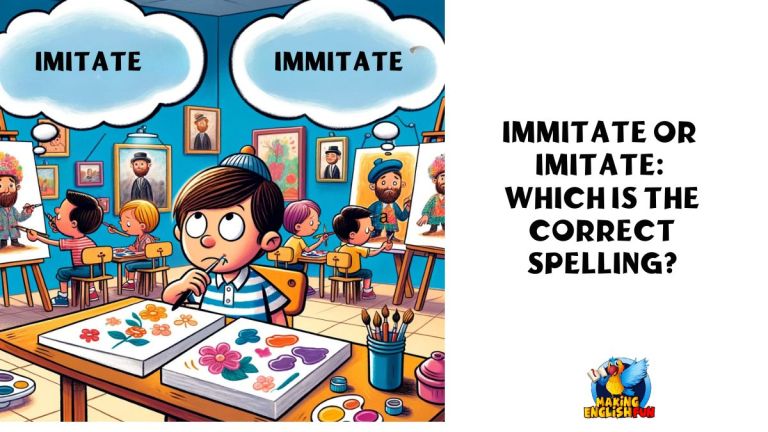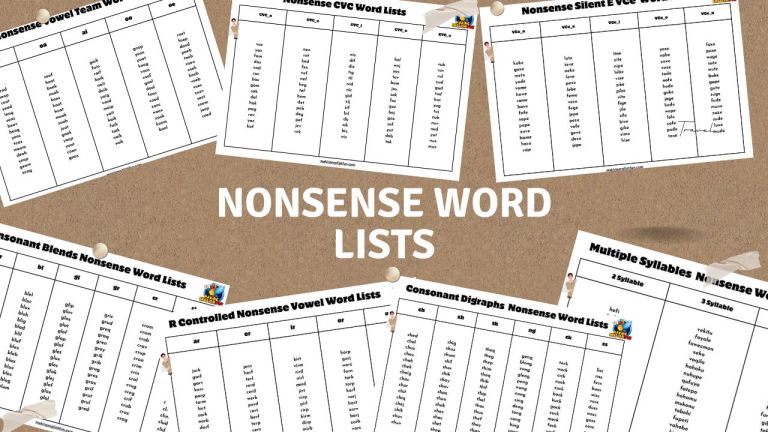How to Use Blooms Taxonomy in the Classroom?
Bloom’s Taxonomy is one of the best ways to ensure that your students are doing more than scratching the surface of knowledge. However, practical applications can be tricky and need to be included as part of your planning processes.
Using Blooms taxonomy and its 7 levels is possible in almost every educational subject. Using portfolios, project based learning and experimenting all offer successful ways to incorporate each level, from remembering to creating, of Blooms Taxonomy into the classroom environment.
Teaching Blooms Taxonomy is a life long development skill. The skills developed are going to help students throughout primary, high school and into University level education. The quality of work and the depth of their thinking skills will improve as they become more familiar with applying their skills to each piece of their work.
Here are a few of the best ways to use Bloom’s Taxonomy to enhance student learning.
Work Your Way Up
As stated earlier, using each level of Bloom’s is invaluable in the classroom. If you are not familiar with the levels, they start at very basic knowledge and move up into synthesis and creation. In the first level, you are asking students to remember facts, information and recite concepts. For a longer chapter or unit, you can ask students to define new terms and recall facts. As students become more familiar with the concepts, they become able to move to the understanding level of Bloom’s. In this level, they can locate, recognize, and explain terms and concepts.
As the students grow in the remembering and understanding levels, you can begin to urge them to apply their knowledge. This step is more challenging because they are not only recalling information, but they are also connecting it to new situations rather than just the things that they have already experienced. You can continue with this strategy as you dig deeper into the lessons.
High Stakes Testing and Portfolios

You may be concerned that Bloom’s higher-level thinking is not possible with testing. The tests seem to ask the lower-level questions. As educators, we must remember that teaching skills and learning or learning how to apply the information is more important than testing. If you are in an area that does not use high-stakes testing, consider yourself lucky. Bloom’s Taxonomy is perfect for creating a portfolio of learning. You can easily show how your students are learning and what steps they are taking in their lessons and inquiries.
If you do have to adapt to high-stakes testing, the skills in the Bloom’s Taxonomy pyramid offer students the skills to read and construct responses on the test. Portfolios can be used in addition to these tests. For students who need to show that they have learned the material if they struggle with testing, portfolios and Bloom’s Taxonomy can demonstrate their learning and understanding of classroom concepts.
As teachers we are told, increasingly often, that students learn different ways and that we must adapt out lessons and materials to accommodate this. It is not without irony that we then watch school administrations, education departments and policy makers then fall back to standardized testing time after time. There negating all of differences in teaching we have worked so hard to introduce. If there is a recognition that students learn in different ways, surely it is beyond time that how they present this learning is also diversified and assessed.
Use in Every Subject Area
The beauty of Bloom’s Taxonomy is that it can be used in nearly every subject area. You may not move far beyond remembering or understanding in some courses like historical dates or spelling words, but you can move much further in understanding root words, historical implications, political consequences, and many more subject areas that have previously stopped at understanding. As educators, it is our job to prepare the students in our classrooms for the future, beyond tests and grades.
These subject areas have more than educational value. For students studying the Holocaust, dates, locations, and participants in World War II are vital information. However, learning how Hitler came to power, what the citizens of Germany were seeking, and what Japan and the eastern front wanted from their participation can prevent the same things from happening in the future. Students will grow into adults with the power to make choices. If they learn from history and learn to consider how their choices affect the world at large, they can avoid making the same mistakes.
History is not the only subject area that this works with, though. In English, students can create through writing, explore how books could have ended, what they would have done in certain situations, or analyze characters’ thought processes. In science classes, experimentation is crucial to furthering student learning, and mathematics students can also explore through hands-on activities and create graphs, models, and equations.
Project-Based Learning

In many although not enough, classrooms, projects are used to teach concepts and help students create connections. Creation is the highest level of Bloom’s Taxonomy. Projects can include written and physical components so that students can learn all levels of Bloom’s Taxonomy. Projects also move through steps. they take a lot of effort, motivation and time. They must take the time to consider their subject matter, how they want to present it, and what directions they want to take. In many projects, you will begin them in class and have multiple steps for each student to take.
Then they will move onto complete in their own time as self directed learning. As they progress through the steps it is possible for teachers to offer feedback and direction to improve their work. This project-based learning can also allow you to differentiate instruction for students who may have learning disabilities or additional needs.
Final Thoughts
Using Bloom’s Taxonomy in the classroom is easier than it seems. Definitions can be done using things like the Frayer Model that allows students to look at more than just the dictionary definition while exploring the word. In asking students to create, they can simulate what might happen in situations such as when students do baby projects in health class or design wardrobes in home economics-related courses. Theatrical adaptations can be utilized in music, English, history, or theater classes. Students can rearrange the score, rewrite scenes, or adapt a story into a play.
Bloom’s taxonomy is an invaluable resource, no matter the student’s age or the level being used in the classroom. It is adaptable even for students with specialized learning needs. One thing that teachers must remember, though, is that students need models. You cannot just expect students to know how to express their thoughts and opinions using Bloom’s verbs. You must show them and help them with each step of projects and portfolio creation. You can allow them to do it along with you, but you cannot just ask them to create without helping them see what the creation should contain. Bloom’s Taxonomy can be used at every level of education in most subjects. Get creative when implementing this resource in the classroom.

Hi I’m Marc. A teacher of over 15 years, English, General Studies and Outdoor Education. Thought it was about time to sharing both what I have learnt during that time and the resources I have put together. On this site we aim to teach the theory and share our thoughts, but also go that one step further and give you access to the hard resources you need for your class or for you children








One Comment